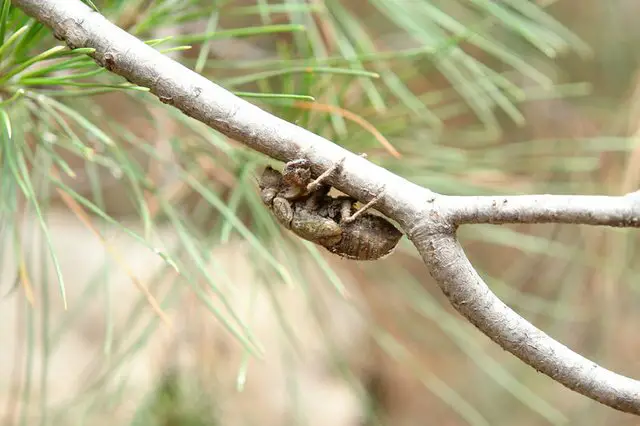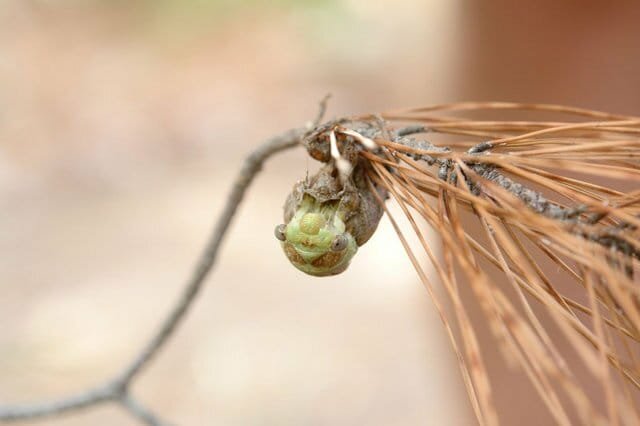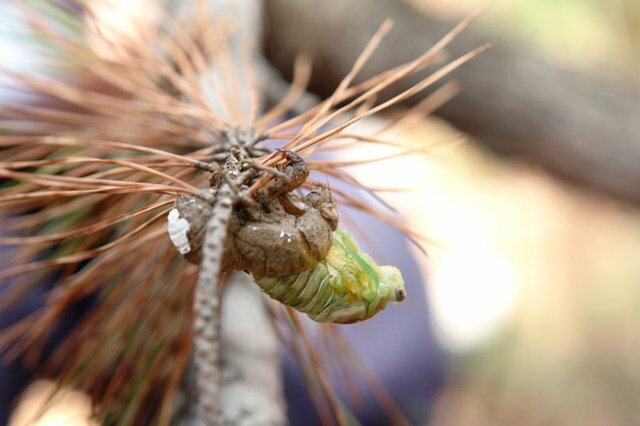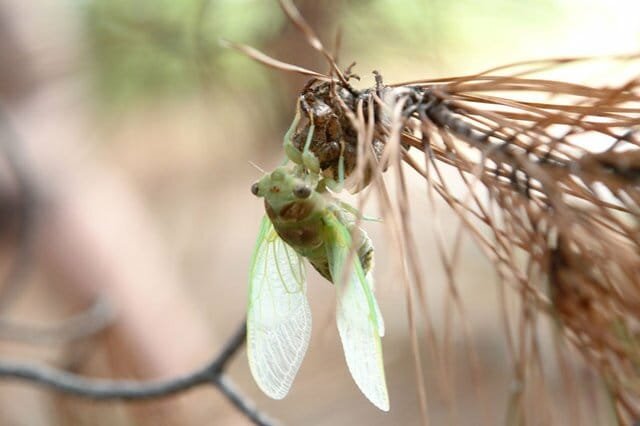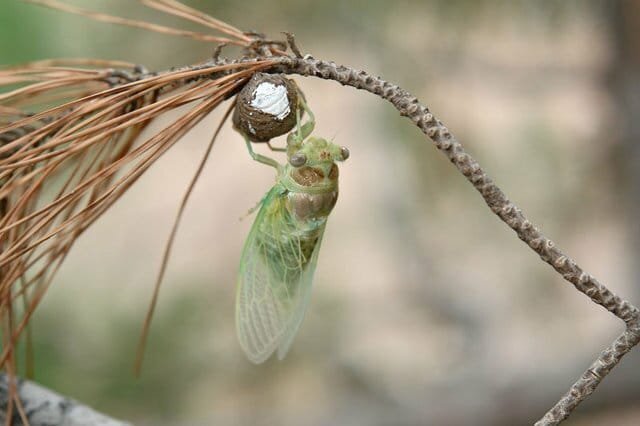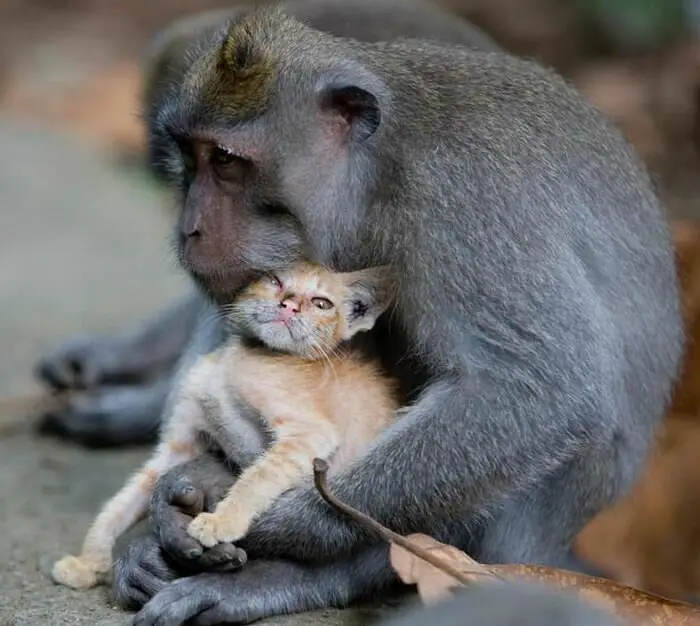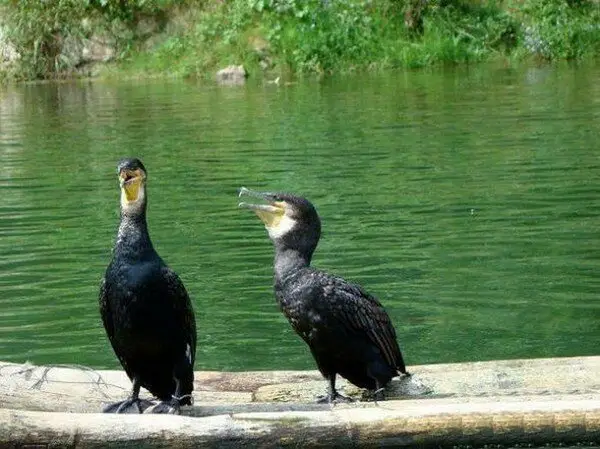A cicada is an insect of the order Hemiptera, suborder Auchenorrhyncha, in the superfamily Cicadoidea, with large eyes wide apart on the head and usually transparent, well-veined wings. There are about 2,500 species of cicada around the world, and many remain unclassified. Cicadas live in temperate to tropical climates where they are among the most widely recognized of all insects, mainly due to their large size and remarkable acoustic talents. Cicadas are often colloquially called locusts, although they are unrelated to true locusts, which are a kind of grasshopper. They are also known as “jar flies” and, regionally, as July flies in the Southeastern United States, and as “heat bugs” in Canada and the mid-West. Cicadas are related to leafhoppers and spittlebugs. In parts of the southern Appalachian Mountains in the United States, they are known as “dry flies” because of the dry shell that they leave behind.
0 Shares
GalleryMost Dangerous Dogs in the World
- November 22, 2020
GalleryMiracle Of Nature… Macaque Monkey Adopts A Kitten
- November 22, 2020
You May Also Like
Cats By Oliver Pietern
- PetsFoto
- September 22, 2020
- 1 minute read
Looking at the work of German photographer Oliver Pietern understand that he was - a true professional in their field. After all, almost everyone knows that the young shoot, funny cats, cute rodent and charming ducklings - the win-win situation, as they touched anyone, even the most unfeeling man.
Part Of The Dog Pack?!
- PetsFoto
- October 9, 2020
- 1 minute read
The case of Louie the pig makes gender confusion in humans seem so trivial. The nine-month-old pot-bellied pig is so convinced he’s part of a dog pack he happily trots through tunnels, leaps over jumps and weaves between poles just like a dog.
Fishing Wisely
- PetsFoto
- August 29, 2020
- 1 minute read
Here's how to fish, little fish, and your wits. Learn to fishermen, even rod does not need to buy, all fans of fishing, be sure to watch.
Bambi and Thumper…Real Life Friendship
- PetsFoto
- October 2, 2020
- 1 minute read
We all know very well who is Bambi and Thumper ... Favorite characters from favorite Disney cartoons .. Their endless friendship that transcends all boundaries of imagination ..
Most Dangerous Dogs in the World
- PetsFoto
- November 22, 2020
- 3 minute read
Every person that I know deeply cares about his or her pets. They are their best friends. They tenderly love each other. Sometimes they eat together, sleep together, and go for walks together. I’m more of a cat person, but I can’t sit still when I see little puppies or big dogs with big soft fur.
Simple Pictures Of House Rabbits
- PetsFoto
- November 26, 2020
- 1 minute read
Rabbit represents the next cat and dog of one of your favorite pet to many animal lovers. Rabbits as pets are very grateful to hold first place for its peaceful nature and really looks lovely and calming. There are different variations of those short is said ordinary rabbits, to the long-haired and really unusual variations.
